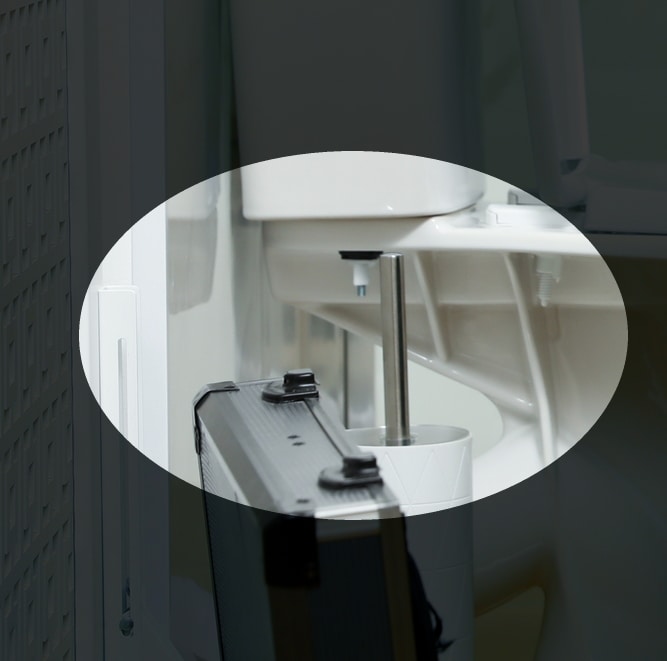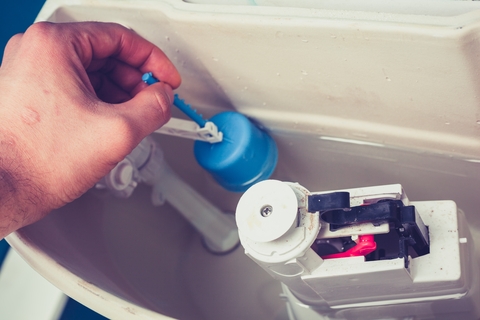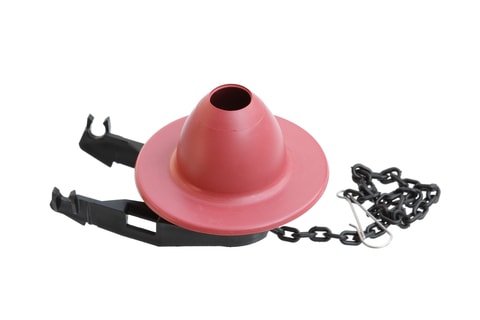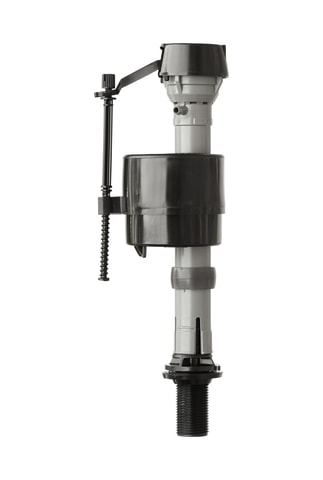How To Fix A Running Toilet [DIY Toilet Repair]
![dreamstime_xs_22434064|dreamstime_xs_37846886|dreamstime_xs_35811286|dreamstime_xs_42744484|dreamstime_l_166983199 How to Fix a Running Toilet [DIY Toilet Repair in South Jersey]|toilet float in an Avalon](https://broadleys.net/wp-content/uploads/dreamstime_xs_22434064-1.jpg)
Few things are annoying in quite the same way as a running toilet. You hear it dripping when things are quiet, and especially when you’re trying to sleep. It’s a constant reminder that something’s wrong, and it’s also costing you money: all that water gets counted on the bill, after all.
Fortunately, you may not have to wait for a plumber to show up. Instead, you can try a few easy DIY fixes yourself. Of course, you shouldn’t try anything you’re not comfortable doing.
If you break something, the problem’s going to get much worse very quickly. You want to avoid calling a professional, but you don’t want to need an emergency plumber.
Here are a few simple things to try. If you’re still having a problem or have any questions, call or email us at Broadley’s.
We’ve served South Jersey for nearly a century, and are happy to help you out.

Four Things to Check When Fixing A Running Toilet
Four easy points you can check to fix your running toilet are:
-
Tank Bolts and Water Supply
-
Toilet Float
-
Flapper
-
Fill Valve
Again, don’t take on any project you’re not comfortable doing. Call a professional before breaking something. Fortunately, though, a few of these are pretty straightforward.
Tank Bolts and Water Supply
Your first stop is checking under the tank for leaks. The common culprits here are the tank bolts, which attach the tank to the bowl. Another is the water supply house that comes from the valve into the tank.
If these are loose, water will drip out. Eventually, the tank’s water level will drop, and more water runs to fill it back up. That’s why you hear the toilet run on and off, even when no one’s using it/
It takes a bit of stretching to find the problem, but it’s a simple process: Get underneath the tank, and look and feel around. If you find water back there, you’ve found a problem.
Sometimes it’s a drip, but other times the water runs along the underside of the tank. That’s harder to spot unless you’re back there looking for it.
The fix is simple, but you have to be very, very careful.
Once you’ve identified the problem spot, drain the tank. Take apart the bolts or hose and look for signs of excess wear or damage.
With the bolts, in particular, the metal can corrode and eventually lose its seal.
Depending on what you find, you’ll either install a new bolt or ring. Or, just tighten the one that’s there. But hold on!
When you’re tightening the hose and especially the bolts, do not overtighten them! You can crack the porcelain if you do, and then you’ll need a new toilet. 

Your first easy fix: The toilet float, or flat ball. It used to be that bulbous, balloon-like object you see at the top of the tank when you take off the lid.
Now, it’s the same thing, with a small device the end of an arm. It’s usually smaller than those bigger balloons, but you get the idea.
The mechanism here is simple: The float rests on top of the water. As the tank fills, the water rises. The problem is when the float is set too high.
The way it’s supposed to work is that the water stops coming in when the water pushes the float to a certain point. But, if that setting is too high, the water never stops coming in.
Instead, the excess spills into the overflow pipe. The float never trips, and the water never stops flowing.
Lift the tank cover and look in. If water is spilling into the overflow, lower the float. If that solves the problem, you’re all set.
Flapper
Another problem point is the flapper. That’s the rubber gasket at the bottom of the tank. When you pull the handle, it lifts that flap. Water flushes from the tank to the bowl and then fills back up.
But, if there’s something wrong with the flap, the tank never fills up completely. Or, it runs intermittently after it fills.
Over time, that flap deteriorates. Or, it doesn’t land the right way once you release the handle. Whatever the cause, you end up with a running toilet when it doesn’t form a tight seal around the opening.
Depending on how much water’s getting through, the tank may get more water constantly. But, usually, only a little water seeps through the opening at a time.
That’s why you hear the water run and stop, and run and stop. You only get more water when the tank drains just enough to affect the float.
This problem can require some tinkering. The first thing is to push the handle gently. Sometimes, you’re just knocking the whole thing out of alignment when you come down top hard on the handle.
Next, try nudging the flapper into place. If it’s been out of place, that may be enough to keep it where you need it. Lift it, and make sure it’s in good shape. Replace it if you see flaking or that parts of it have chipped away. 
Fill Valve
We’ve focused on one or two separate pieces so far, but the fill valve is a whole assembly. It’s the shaft you see sticking up, and it controls the water coming in.
The float ball tells it when to shut off. But, if it’s broken or worn out, it won’t stop letting in the water when it should. In fact, it’s normal to replace these every five years or so.
You can usually replace this yourself, but again, go easy. For starters, run through all the other options first. If nothing else fixed the problem, and you really don’t want to call anyone, this is your next move.
Each model’s a little different, so follow the directions that come with the item. But, in general: You’ll turn off the water and then flush to empty the tank. After that, unscrew the old assembly and put in the new one.
Finally, give it a few test flushes to make sure it’s working, and you don’t have another leak.
Call a Plumber in South Jersey
If your toilet won’t stop running, no matter what you try, it’s time to get a plumber. Broadley is here to help In Cape May and Atlantic counties in New Jersey. Call or email us today to set up an appointment. 




